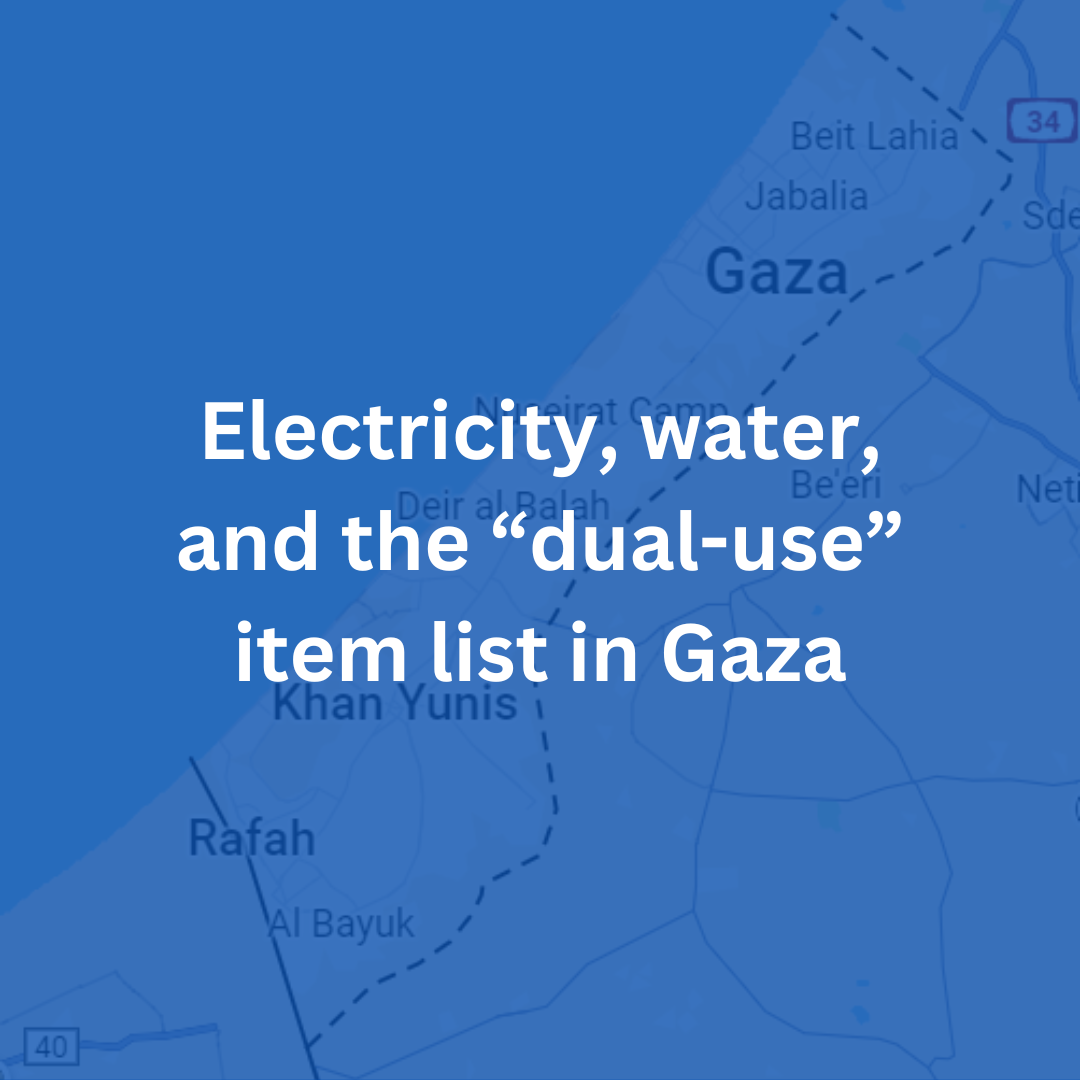In 2005, Israel unilaterally pulled out of the Gaza Strip. PM Ariel Sharon named this process ‘the disengagement’, though its original name was dubbed the “separation plan”, or Tochnit HaHafrada. The idea was to separate the Gaza Strip from the West Bank and to treat them as two separate political entities.
fragmentation of Palestinian life in the occupied Palestinian territories undermines the political power to organize for self-determination – AKA a Palestinian state. Furthermore, disengagement from Gaza allows Israel to work towards annexation of the West Bank in part or in full while maintaining a Jewish majority.
The development of the Separation Policy
In 2003, Ariel Sharon announced his disengagement plan, stating that ″settlements which will be relocated are those which will not be included in the territory of the State of Israel in the framework of any possible future permanent agreement. At the same time, in the framework of the Disengagement Plan, Israel will strengthen its control over those same areas in the Land of Israel which will constitute an inseparable part of the State of Israel in any future agreement.″
In his initial speech, Sharon does not specify areas, though we now know the settlements removed were in Gaza and parts of the Northern West Bank. In essence, he is saying ‘we will give up some land (and with it responsibility for some Palestinians) while annexing other areas, i.e. the majority of the West Bank. The governments since 2005 have viewed the disengagement from Gaza as an end to responsibility of responsibility to Palestinians in Gaza, despite maintained control over larges swaths of area (such a movement).
2005 to Present
Already in 2005, the Israeli government dealt with the West Bank and Gaza through separate policies. This despite the fact that Israel are signed onto the Oslo accords, which Israel recognize the West Bank and Gaza as one Political entity.
In 2007, when Hamas overthrew the PA in Gaza, these policies became clearer and more drastic in their differences, as there were now two separate ruling factions over Gaza and the West Bank. Israel has maintained separate policies for each area, including Netanyahu’s government, whom have dealt with each region and politically leadership, the PA and Hamas, separately.
“Hamas is an asset and the Palestinian Authority is a liability.”
In 2015, then Member of Knesset and current minister Smotrich tweeted “In the context of de-legitimization – Hamas is an asset (for Israel) and the Palestinian Authority is a liability.”
Ehud Barak told an Israeli outlet in 2019 that Netanyahu’s “strategy is to keep Hamas alive and kicking … even at the price of abandoning the citizens [of the south] … in order to weaken the Palestinian Authority (PA) in Ramallah.”
Both of their underlying points is that the Israeli government is working to weaken the PA so that they will not be capable politically of creating an independent state. Since the Palestinian Authority is a legitimate body that is recognized internationally and considered politically moderate, the expectation of the international community is to work with the PA and to push forward a peace agreement, something which actively is in contrast to Smotrich’s politically plan for annexation of the West Bank.
The Palestinian Authority has shown willingness to take over rule of the Strip. A joint rule of Gaza and the West bank would both make it harder for Israel to treat each area as a separate entitiy and would simaltaneously create more vilability for a Palesinian state. In December, Netanyahu responded to this offer:
“As long as I am the Prime Minister of Israel – this will not happen.”


